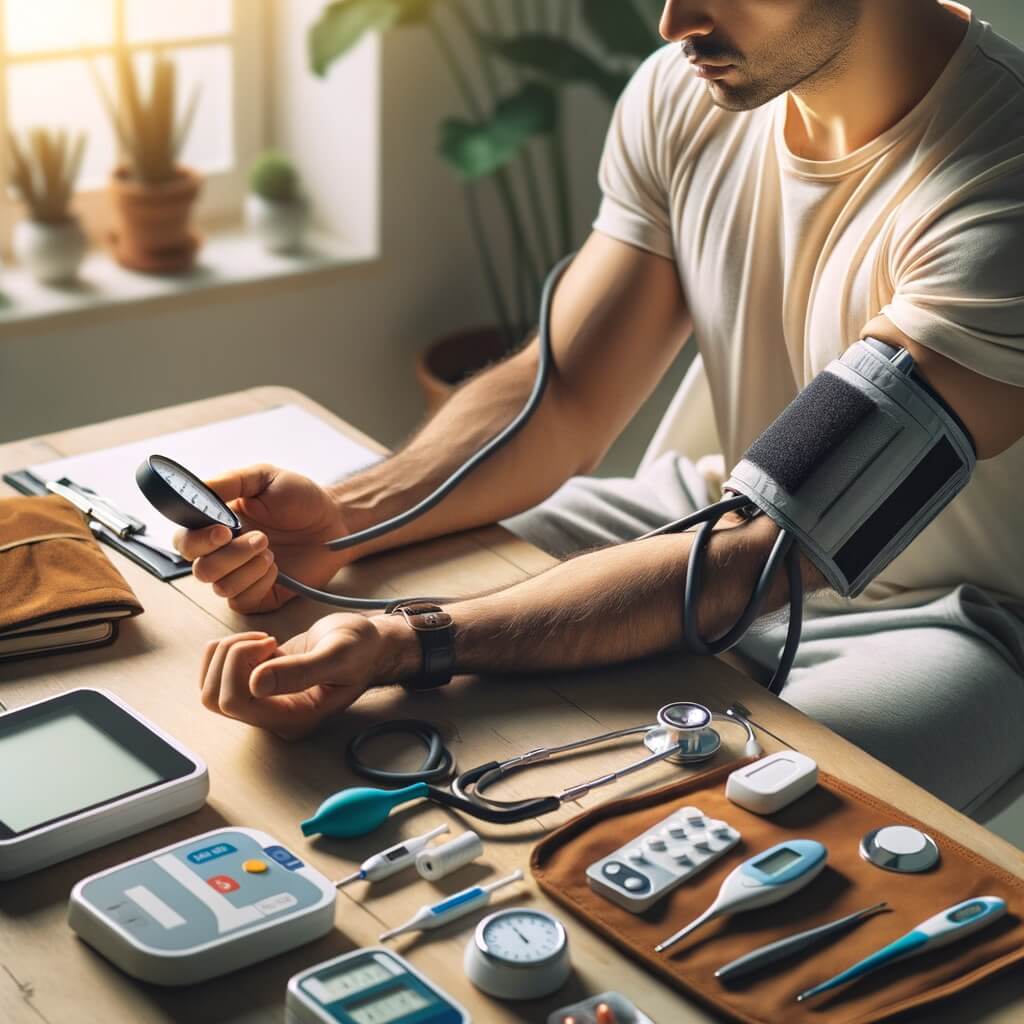Quotes about Health
Here are some inspiring quotes by famous individuals about health:
- Mahatma Gandhi: “It is health that is real wealth and not pieces of gold and silver.”
- Buddha: “To keep the body in good health is a duty… otherwise we shall not be able to keep our mind strong and clear.”
- Thomas Edison: “The doctor of the future will no longer treat the human frame with drugs, but rather will cure and prevent disease with nutrition.”
- Ralph Waldo Emerson: “The first wealth is health.”
- Virginia Woolf: “One cannot think well, love well, sleep well, if one has not dined well.”
These quotes emphasize the intrinsic value of health as foundational to life’s other pursuits.
Resources for Learning More About Health
If you’re interested in expanding your knowledge about health, here are some valuable resources you can explore:
- Books
- “How Not to Die” by Dr. Michael Greger: This book provides insight into the preventative and healing benefits of a plant-based diet.
- “The China Study” by T. Colin Campbell and Thomas M. Campbell: A comprehensive study on the relationship between the consumption of animal products and chronic illnesses.
- Websites
- Mayo Clinic: A resource for reliable information on diseases, conditions, and general health practices.
- WebMD: Offers a wealth of information on health topics, including symptom checkers and health calculators.
- Online Courses
- Coursera – Health: Platforms like Coursera offer courses on various health topics, taught by professors from renowned universities.
- edX – Health & Safety: Similar to Coursera, edX provides a range of courses that delve into health and safety topics across disciplines.
- Podcasts
- The Nutrition Diva’s Quick and Dirty Tips for Eating Well and Feeling Fabulous: Offers short, practical tips on how to improve your eating habits.
- The Doctor’s Kitchen Podcast: Features discussions on health and nutrition with leading experts in the field.
- Apps
- MyFitnessPal: Helps you track your diet and exercise, providing insights into your nutrition and calorie intake.
- Headspace: Focuses on mental health through guided meditations and mindfulness exercises.
These resources can help you gain a more comprehensive understanding of health from various perspectives, enabling you to make more informed decisions about your own health and lifestyle.
